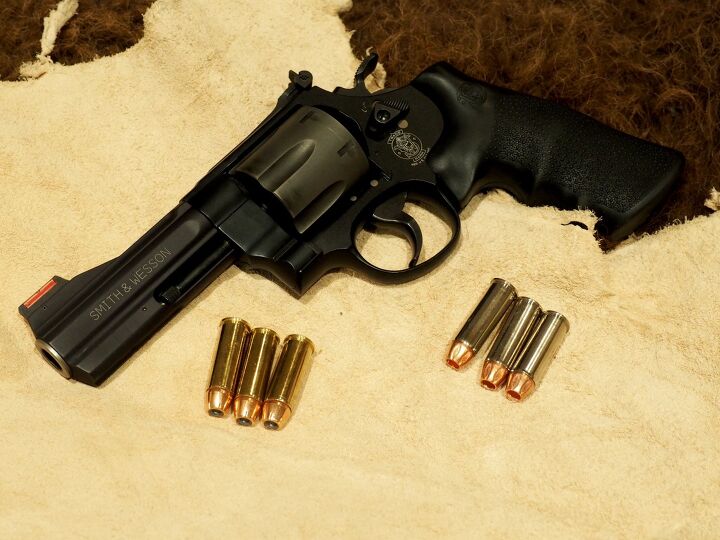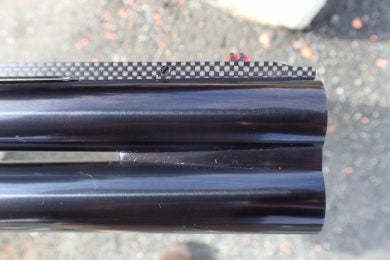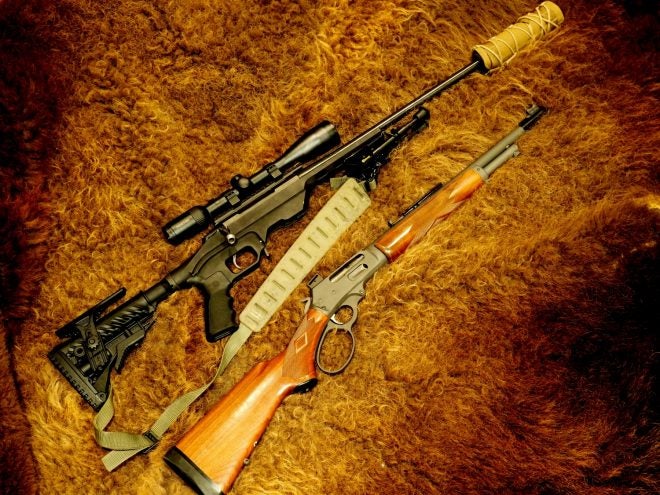Life, uh…Finds a way
If there was a major theme I saw while gunsmithing and working behind the counter in a local gun store, it was that every year the day after opening day of any hunting season, we would be hit with an influx of crestfallen and stressed customers. Their woes ranged from lost tags to loose scopes or broken firearms. The items they sought were often magazines for rifles (they’d lost their only one), scope covers, slings, and the most frustrating item of all: a box of ammo that they’d zeroed their rifle for but run out of. Some even forgot to purchase a license or tag before the season started. Many of these hunters discovered these SNAFUS only when they put on their blaze orange and started to head out the door. Worse yet, some had things go wrong in the field.
Despite our best efforts to fully stock our shelves, we’d sell out of some things, and sometimes my backlog of repair guns ran a week or two out, leaving some hunters in the lurch. I am fully understanding that most people have very busy lives to lead. Not everyone’s last name is Eastman, and not everyone can get to the range every week. This is why I urge sportsmen and women who plan on bringing home meat for the family this fall or winter to start checking your gear now, if you haven’t already. This should give one enough time to address your issues before it’s too late.
Ammo, oil, sights and screws
The above is an oversimplification of what one can check on one’s hunting arm, but they cover the basics for getting you ready for the field.
Ammo:
- Make sure you have a good quantity, enough to zero/pattern your hunting arm and enough to last you a few seasons. Settle on quality bullet construction and ammunition that groups well in your gun well before the season starts so you aren’t trying to track down ammo the week before or day of your hunt.
- Make sure your rounds perform the way they claim to perform, you can test them on the old stuff in your freezer that’s gotten freezer burn-Case in point: I had some .44 magnum rounds which claimed to be great for good penetration and expansion through tough hide. They grouped well and had decent velocity out of my revolver and I chose them as my bear load. Only after testing them on a moose carcass did I discover their abysmal penetration of around one inch through tough hide and bone. Lesson learned.

Which round performs best on tough hide? The one with the boldest marketing claims?
Oil:
- If fall and winter are serious events in your area, make sure your gun is cleaned and lubricated appropriately for weather conditions. What works well in summer can sometimes be detrimental in freezing or sub-zero temperatures. Find the oil or grease that works before heading out to the field and being surprised.
- I’ve seen many guns come in on repair tags that I got working again with nothing more than simple cleaning and lubrication. That should be the first thing one should address if one’s gun is malfunctioning without an obvious reason.
Sights:
- This might seem obvious to most of our readership, but get your gun properly zeroed or choked before you head out to hunt and practice, practice, practice as much as you can. This doesn’t just mean putting rounds downrange. Practice bolt manipulation and getting quickly into stable shooting positions as much as possible. Know where the best aiming point is on your game, and whether or not you can make a successful shot on a moving target (Look up Franz-Albrecht Oettigen Spielberg if you want to see this skill perfected).
- Create a dope book/chart, and know your reticle. Being that I test many different firearms and scopes, it takes me a while to remember the correct distance holdovers in the reticles of my hunting rifles. If your mind isn’t a steel trap for this sort of thing, don’t worry-There are also forearm or stock systems for displaying this data. Vortex Optics’ LRBC even lets you create drop charts to slide in their excellent scope cover caps.

Data, data, and more data. The more you know, the more effective you can be in the field
- If you have any electronics integrated into your sighting system, be sure to either charge the battery or carry spares.
- Make sure you have some way of protecting your optics. It doesn’t matter how expensive your glass is if your objective lens is covered in snow, ice, mud, or dust. Test those covers thoroughly as well. I’ve broken plenty of flimsy ones over the years, sometimes in the field.

Even the simplest equipment can fail-I’ve had fiber-optic front beads go missing from shotguns before
Screws:
- A torque wrench is your friend-Be sure your screws are properly torqued on your mounts, rings, sling attachments, bipods, rails, and actions. If you don’t know the proper torque, check with the manufacturer.
Best of luck
This year, don’t be one of the many hunters who come into sporting goods stores stressed and dejected on or after opening day. Dial in your gear now and be confident that the hardest part of hunting season will be the pack out. Don’t be a turkey, and you’ll have the best chance of bringing home the bacon without your gear getting in the way. And don’t forget your license and tags.
 Your Privacy Choices
Your Privacy Choices
